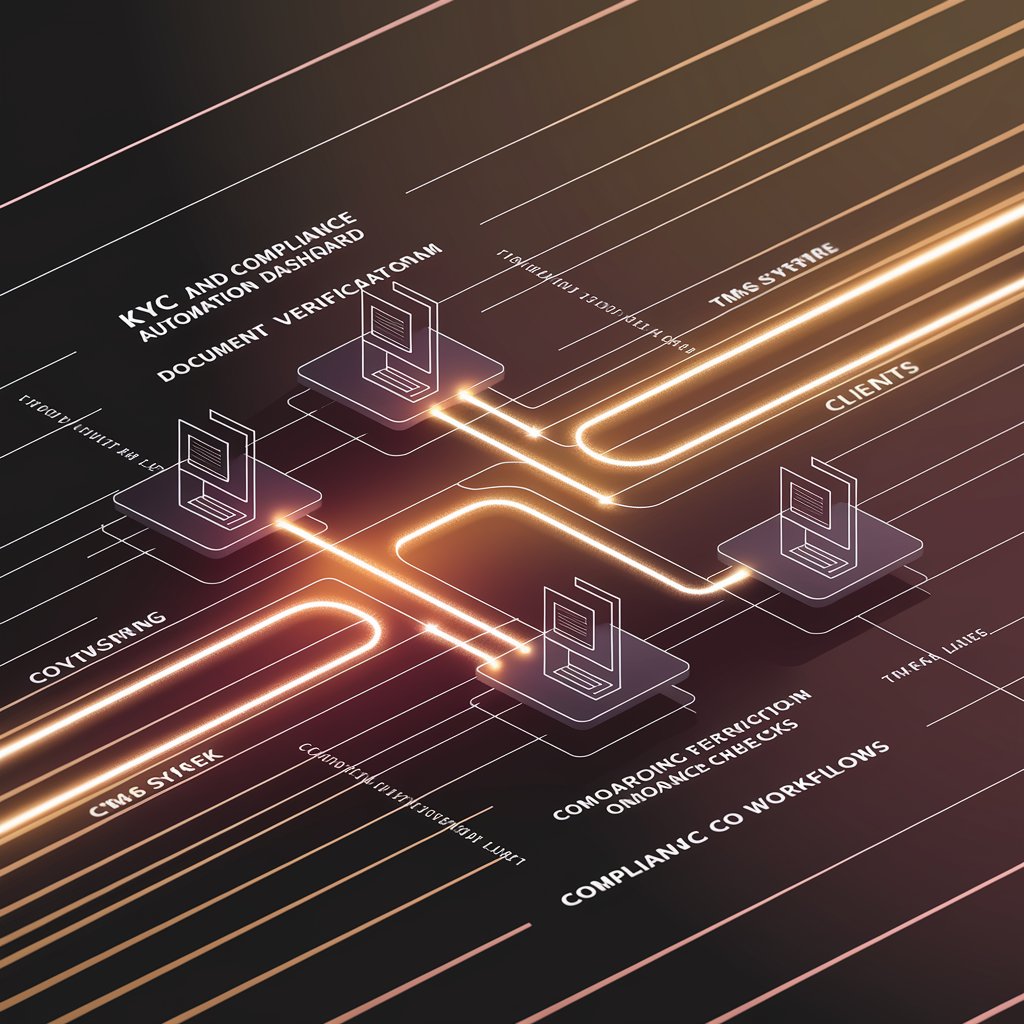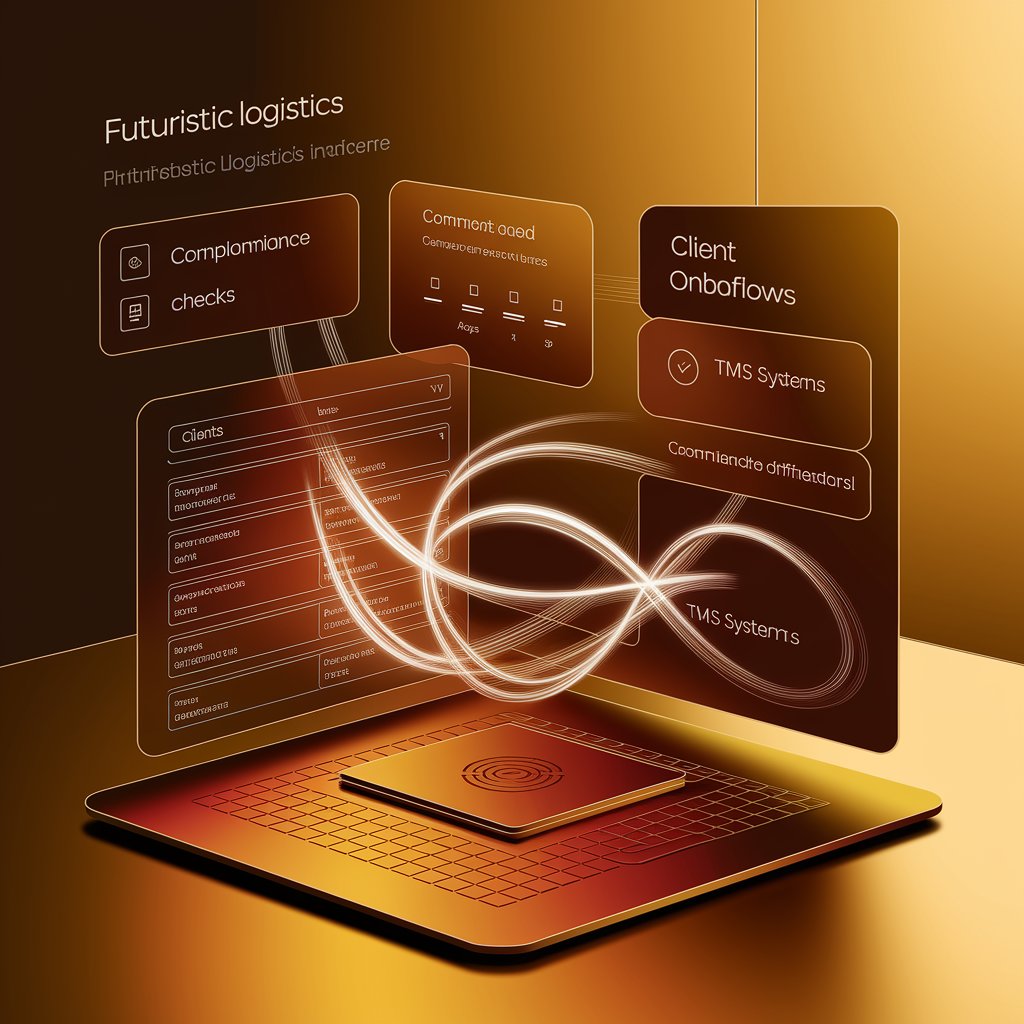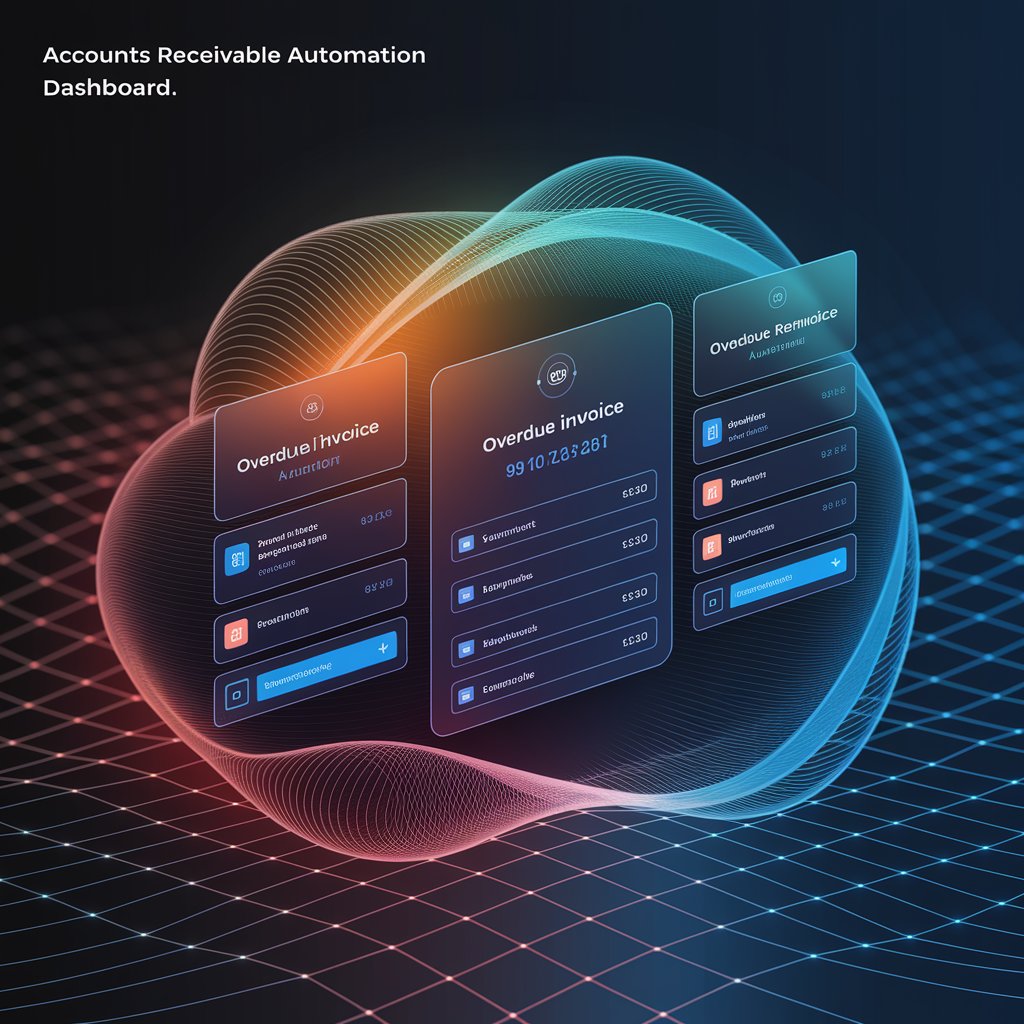How to Automate Customer Onboarding with KYC and Compliance in Logistics
Customer onboarding in logistics often requires collecting multiple documents (IDs, business licenses, tax certificates) and running compliance checks (sanctions lists, AML, trade restrictions). Doing this manually slows down account activation, frustrates customers, and increases compliance risks.

KYC automation in logistics Introduction
By automating KYC (Know Your Customer) and compliance onboarding, logistics providers can quickly verify clients, store documents securely, and maintain regulatory compliance—all without manual back-and-forth emails.
Step 1: Map the Workflow
- Trigger: New client signs up via web form or sales request.
- Document Collection: Request ID, company registration, tax certificates.
- Verification: Run KYC and compliance checks automatically.
- Storage: Save documents in secure cloud folder linked to CRM/TMS.
- Approval: Notify compliance team if flagged; auto-approve if clean.
- Account Creation: Generate account in CRM/TMS automatically.
- Confirmation: Send welcome email with login credentials and resources.

Step 2: Choose Your Tools
- Form Capture: Typeform, JotForm, HubSpot, website forms.
- Verification: Trulioo, ComplyAdvantage, Refinitiv, LexisNexis.
- Automation: Zapier, Make, Power Automate.
- Storage: SharePoint, Google Drive, Dropbox (with restricted folders).
- CRM/TMS: Linbis Workspace, Salesforce, Zoho.
- Notifications: Slack, Teams, Email.
Step 3: Build the Automation (Example in Make)
- Trigger: New client form submitted.
- Document Request: Auto-email checklist to customer.
- Compliance Check: Run data through Trulioo or ComplyAdvantage API.
- Store Docs: Save securely in Google Drive/SharePoint under client folder.
- Approval Workflow:
- If flagged → notify compliance officer via Slack.
- If clean → auto-approve.
- If flagged → notify compliance officer via Slack.
- Create Account: Add client profile in Linbis CRM/TMS.
- Send Welcome Package: Email with login credentials, guides, and contacts.

Step 4: Test the Workflow
- Submit test customer form.
- Verify compliance check.
- Confirm documents are saved in correct folder.
- Check if account is created automatically in TMS/CRM.
Step 5: Optimize
- Add e-signature automation for agreements (DocuSign, Adobe Sign).
- Create multi-language onboarding flows.
- Integrate with billing to auto-generate first invoice.
- Build customer onboarding dashboard for progress tracking.

Benefits of Automated Customer Onboarding
- Speed: Clients get onboarded in hours, not days.
- Compliance: Reduced regulatory risk with automated checks.
- Efficiency: No more manual document chasing.
- Security: Encrypted storage and access control.
- Customer Experience: Professional, frictionless first impression.
KYC automation in logistics Conclusion
Automating KYC and compliance onboarding in logistics accelerates account activation while keeping businesses safe from regulatory penalties. By connecting forms, compliance APIs, and CRMs, companies save time, ensure security, and deliver a seamless onboarding experience.
With Linbis, Zapier, and compliance tools, this workflow is simple to implement and highly scalable.
